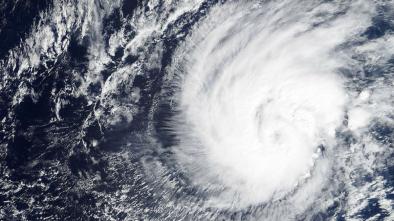Hurricane Pali 2016
Hurricane Pali was the earliest hurricane ever recorded in the Central Pacific.
January 2016 saw two unusual hurricane events—Pali in the Pacific and Alex in the Atlantic—thanks to the strong 2015-2016 El Niño event and ocean temperatures that were much warmer than average.
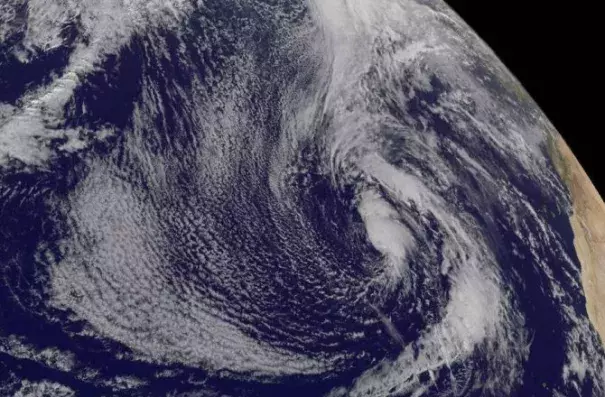
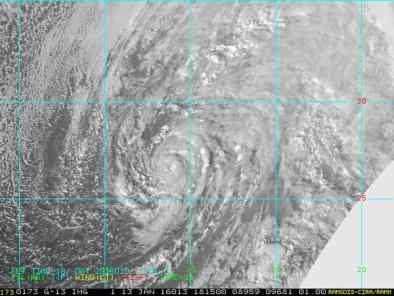
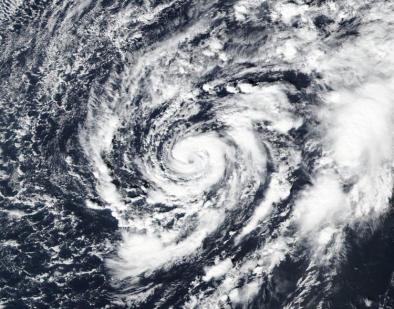
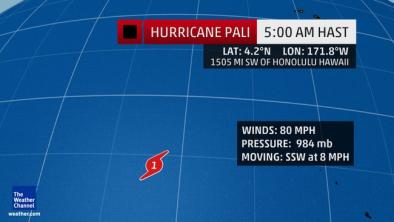
Strong Pacific and Atlantic storms buckle long-term trends
Strong storms buckled trends in both the Pacific and Atlantic Oceans in mid-January 2016, and many scientists pointed to climate change. Hurricane Pali became the earliest named storm on record in the Central Pacific—storms of this magnitude usually begin to form in July—and Hurricane Alex was the first Atlantic hurricane to form in January in nearly a century, and the strongest January hurricane on record.
Rare January hurricanes gained strength in near-record warm waters
Pali’s strength and early formation were fed by much warmer than normal ocean temperatures in the Pacific. Alex too formed over unusually warm water in the Atlantic. In January, ocean surface water is usually not warm enough to support hurricane activity, but in 2016 the waters were close to record high temperatures. A combination of climate change and the 2015-2016 extreme El Nino event heated the waters and fueled the two storms, which one meteorologist said would have been a “vanishingly small probability more than 30 years ago.”[1]

